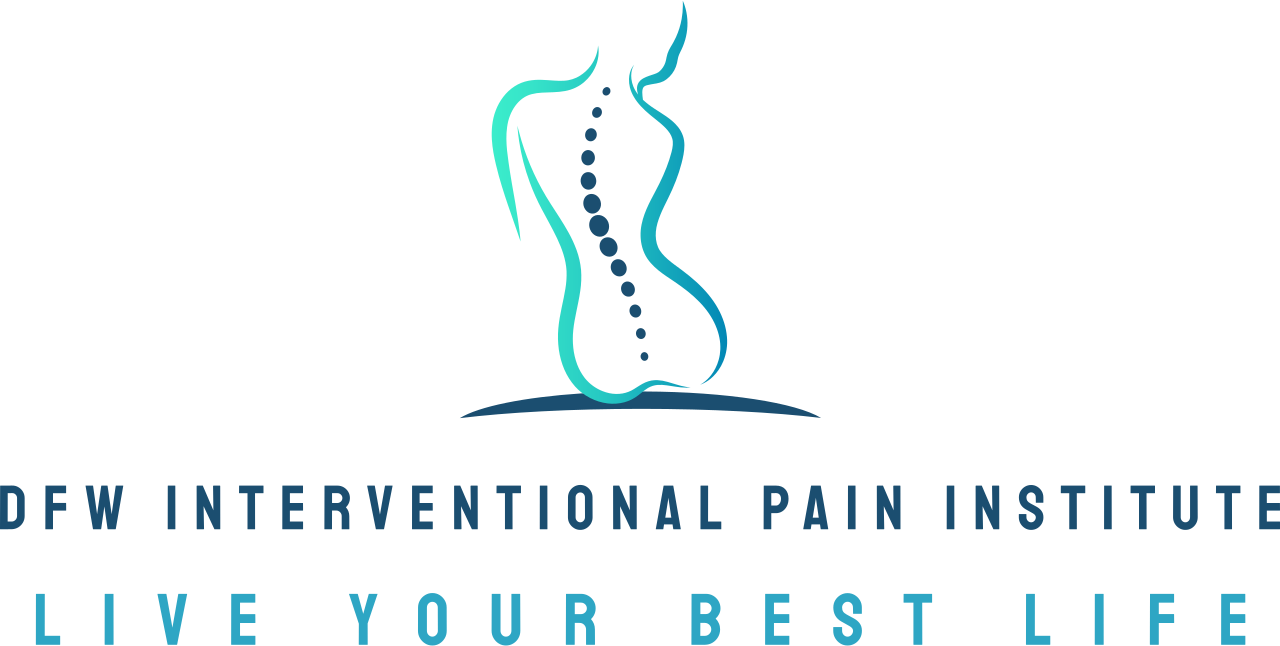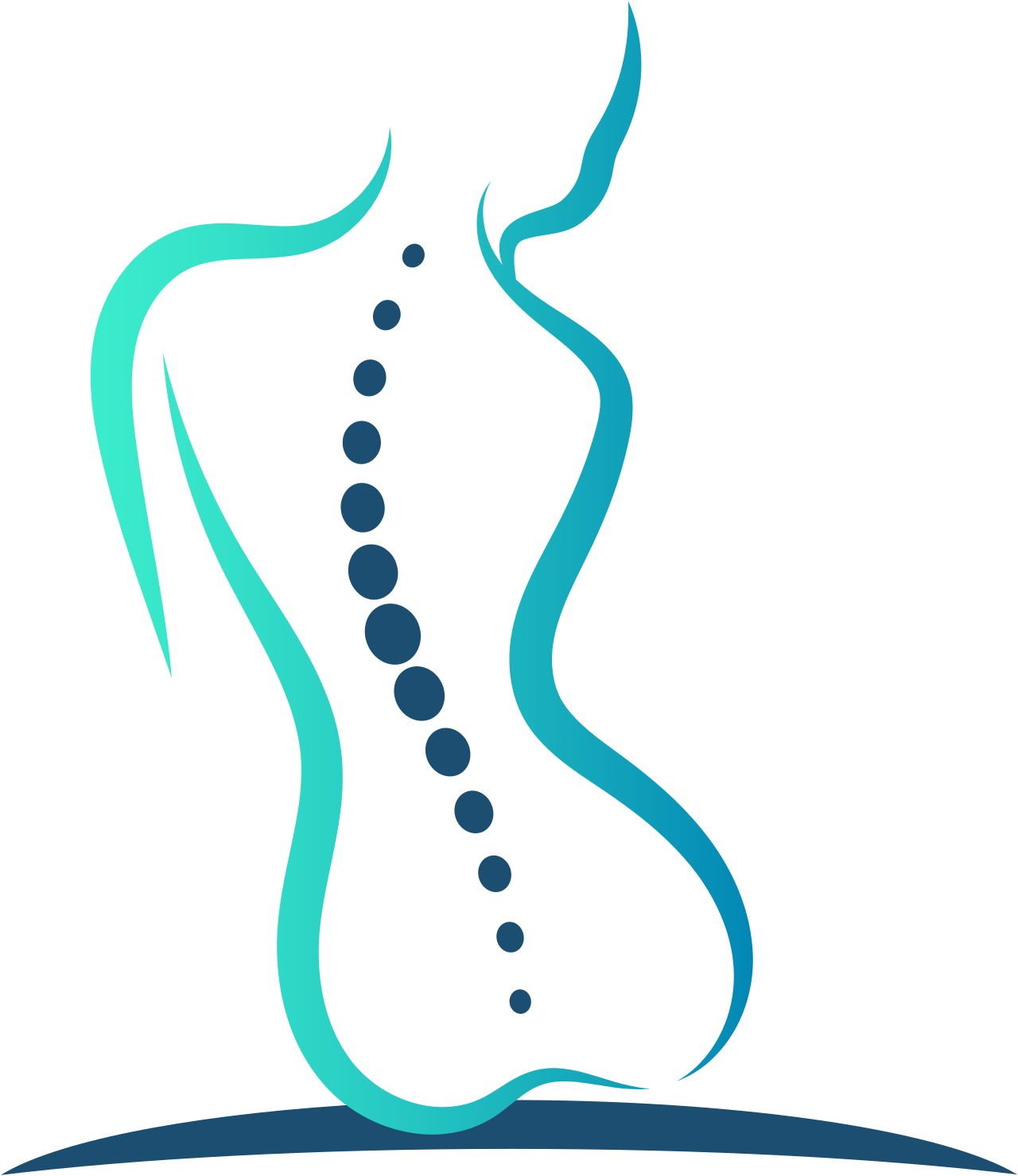6 ways to relieve joint pain and feel your best
Joint pain isn’t just a minor inconvenience—it can affect everything from your daily routine to your overall quality of life. Whether it’s a sharp twinge in your knee or a dull ache in your shoulder, chronic joint discomfort can make even simple tasks seem overwhelming. The good news? There are practical solutions to manage and alleviate your pain, helping you reclaim mobility and comfort.
This blog post explains six simple, effective steps you can take to reduce joint pain, including when it might be time to seek specialized care from a pain management expert like Dr. Edrick Lopez here at DFW Interventional Pain Institute.
Understanding joint pain
Before we explore solutions, understanding the root causes of joint pain is essential.
What causes joint pain?
Joint pain can arise from a variety of factors, including:
Arthritis – The most common culprit, arthritis, is inflammation around the joints and comes in many forms, including osteoarthritis and rheumatoid arthritis.
Injury – A sprain, strain, or cartilage damage often leads to lingering discomfort in the affected joint.
Overuse – Repeating the same mechanics over time can wear down joints and cause pain, particularly in high-use areas like knees, hips, and wrists.
Where do we feel joint pain?
Joint pain is versatile, affecting multiple parts of your body, yet some areas are more vulnerable than others:
Knees and hips – These weight-bearing joints frequently suffer due to arthritis or general wear and tear.
Shoulders – Pain in this joint is often linked to injury, such as rotator cuff damage.
Fingers and hands – Conditions like rheumatoid arthritis commonly impact fine motor joints.
It should be noted that sometimes joint pain and muscle pain can be confused. It's important to know the difference when determining the steps to relieve joint pain to avoid injury.
Now that you know a little more about what might be causing your joint pain, here are six actionable steps to help you find relief.
Tips for relieving joint pain
1. Regular exercise to strengthen and support joints
When your joints are in pain, it can be tempting to avoid movement. However, regular, low-impact exercises can actually alleviate discomfort by strengthening the muscles that support joints and improving flexibility.
Try these activities for gentle yet effective joint movement:
Swimming and water aerobics – The water's buoyancy takes pressure off your joints while still allowing a full range of motion.
Yoga or tai chi – These practices focus on building flexibility and balance while being gentle on your body.
Walking or cycling – Low-impact cardio helps you stay active without overly straining your joints.
Commit to 30 minutes of movement a day, and over time, you’ll likely notice a boost in mobility and less stiffness.
2. Maintain a healthy weight to reduce joint strain
Every extra pound you carry puts additional stress on your joints. For instance, every 10 pounds of excess weight adds about 30 to 40 pounds of pressure on your knees! That strain can lead to increased pain and quicker joint degeneration.
Here’s how to get started with weight management:
Stick to a nutrient-rich, balanced diet that includes whole foods.
Monitor portion sizes to avoid overeating.
Combine aerobic exercise with strength training to burn calories and build muscle.
Weight management isn’t about perfection—it’s about finding a sustainable balance that supports joint health and overall well-being.
3. Use hot and cold therapy for targeted relief
Heat and ice can be your best friends when it comes to quick joint pain relief. Knowing when to use each is key for the best results.
When to use heat:
Loosens stiff or tight muscles around joints.
Improves circulation to minimize stiffness.
When to use cold:
Reduces swelling and inflammation.
Numbs sharp or acute pain.
For an effective routine, rotate heat and cold therapy in 15- to 20-minute intervals and always use a barrier (like a cloth) to protect your skin.
4. Make dietary changes to fight inflammation
What you eat can play a surprising role in managing joint pain. Some foods have anti-inflammatory properties that can improve your joint health over time, while others may exacerbate inflammation.
Foods that help
Fatty fish like salmon and mackerel, rich in omega-3 fatty acids.
Leafy greens such as spinach and kale, packed with antioxidants.
Turmeric – This spice contains curcumin, known for its anti-inflammatory benefits.
Foods to avoid
Processed and fried foods.
Sugary snacks and beverages.
Red meat and high-fat dairy products.
Adopting an anti-inflammatory diet can bring both short-term relief and long-term joint health benefits.
5. Pay attention to posture and body mechanics
Poor posture can worsen joint pain or even create unnecessary strain. Daily activities related to many modern workplaces, especially those that involve heavy lifting or extended sitting, require the right techniques to avoid compounding joint discomfort.
Posture and habit tips:
At your desk: Sit with your back straight and shoulders relaxed. Use ergonomic chairs and adjustable desks when possible.
During lifting: Bend at your knees, not your waist. Keep your back straight and engage your core muscles.
While on the move: Maintain an even stride, and wear supportive footwear that cushions your joints.
Paying attention to body mechanics can help reduce day-to-day strain on your joints and prevent additional pain from sneaking up on you.
6. Seek help from a pain management expert
If at-home remedies aren’t enough to significantly improve your joint pain, it may be time to consider professional help. Seeing a pain management specialist can give you access to advanced treatments tailored specifically to your condition.
Dr. Edrick Lopez at DFW Interventional Pain Institute is a trusted expert in managing joint pain. He's dedicated to crafting custom treatment plans that fit your unique needs, offering solutions like:
Non-invasive interventions to alleviate pain.
Physical and occupational therapy tailored to your lifestyle.
Advanced procedures to target chronic pain at its source.
Don’t wait for your pain to worsen. A consultation with a professional like Dr. Lopez could be the key to taking back control of your life.
Take charge of your joint health today
Joint pain doesn’t have to define your day-to-day life. By incorporating these tips—whether it’s through low-impact exercise, mindful eating or proper posture—you can take proactive steps to feel better while protecting your joints for the future.
For those experiencing persistent pain, seeking professional guidance from experts such as Dr. Edrick Lopez at DFW Interventional Pain Institute can make all the difference. Specialized care not only targets your pain at its roots—it’s also a path to long-term relief and recovery.
Know someone else dealing with joint pain? Share this guide with them—it could save them from months of discomfort. And don’t forget to reach out to us at DFW Interventional Pain Institute for expert help when you’re ready to take that next step. Relief is closer than you think.

